Untangling the Myths Around Haitian Soup Joumou
11 min read Explore the history, myths, and cultural significance of Haitian Soup Joumou in this insightful culinary piece. July 13, 2025 00:05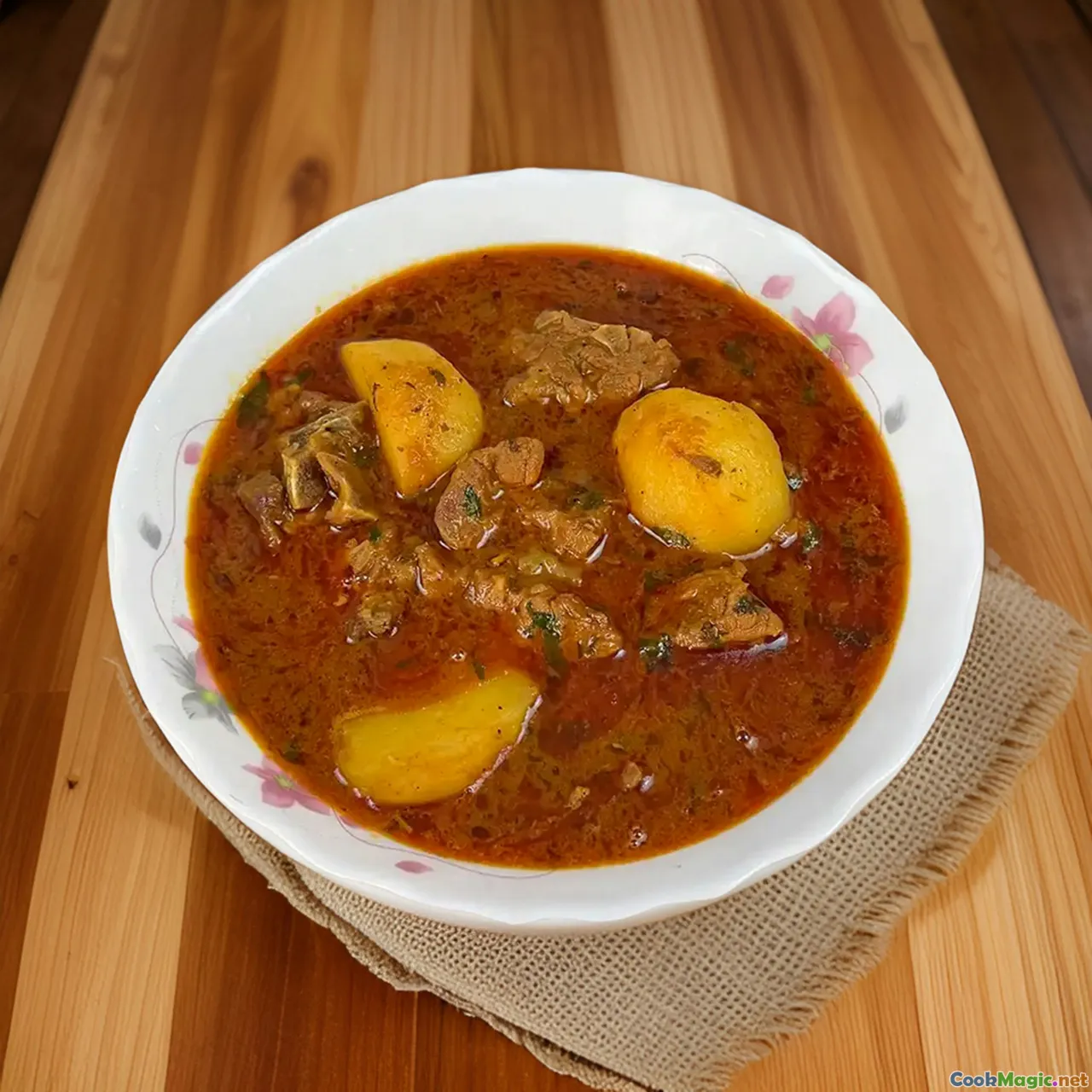
Untangling the Myths Around Haitian Soup Joumou
When I think of Haitian Soup Joumou, I am immediately transported to a bustling morning market in Pétion-Ville, where the fragrant aroma of spices dances through the air, mingling with the lively chatter of vendors and eager customers. Soup Joumou is more than just a hearty, vibrant dish; it is a symbol of resilience, liberation, and cultural pride for the Haitian people. Yet, despite its significance, numerous myths and misconceptions still swirl around this iconic soup. Today, we’ll peel back the layers of misunderstanding, explore its true essence, and discover why Soup Joumou deserves its rightful place on your culinary radar.
The Roots and Cultural Significance of Soup Joumou

Photo of a Haitian family enjoying Soup Joumou during Independence Day celebrations.
Originating during the tumultuous days of Haiti’s fight for independence, Soup Joumou has a rich history intertwined with the very fabric of Haitian identity. Historically, enslaved Africans and oppressed Haitians in the 18th century used this luxurious, expensive squash-based soup as a symbol of freedom, non-conformity, and resilience. Forbidden by colonial rulers to consume the luxurious ingredients or to partake in their traditional celebrations, Haitians defied these restrictions by cooking and sharing Soup Joumou in secret or during clandestine gatherings.
Today, on January 1st—the Haitian Independence Day—families gather around steaming bowls of this evocative soup, not only to savor its complex flavors but also to affirm their collective liberation. It’s a dish that embodies the revolutionary spirit, bursting with flavors, colors, and stories that span generations.
Dissecting the Myth: Is Soup Joumou a Simple Pumpkin Soup?
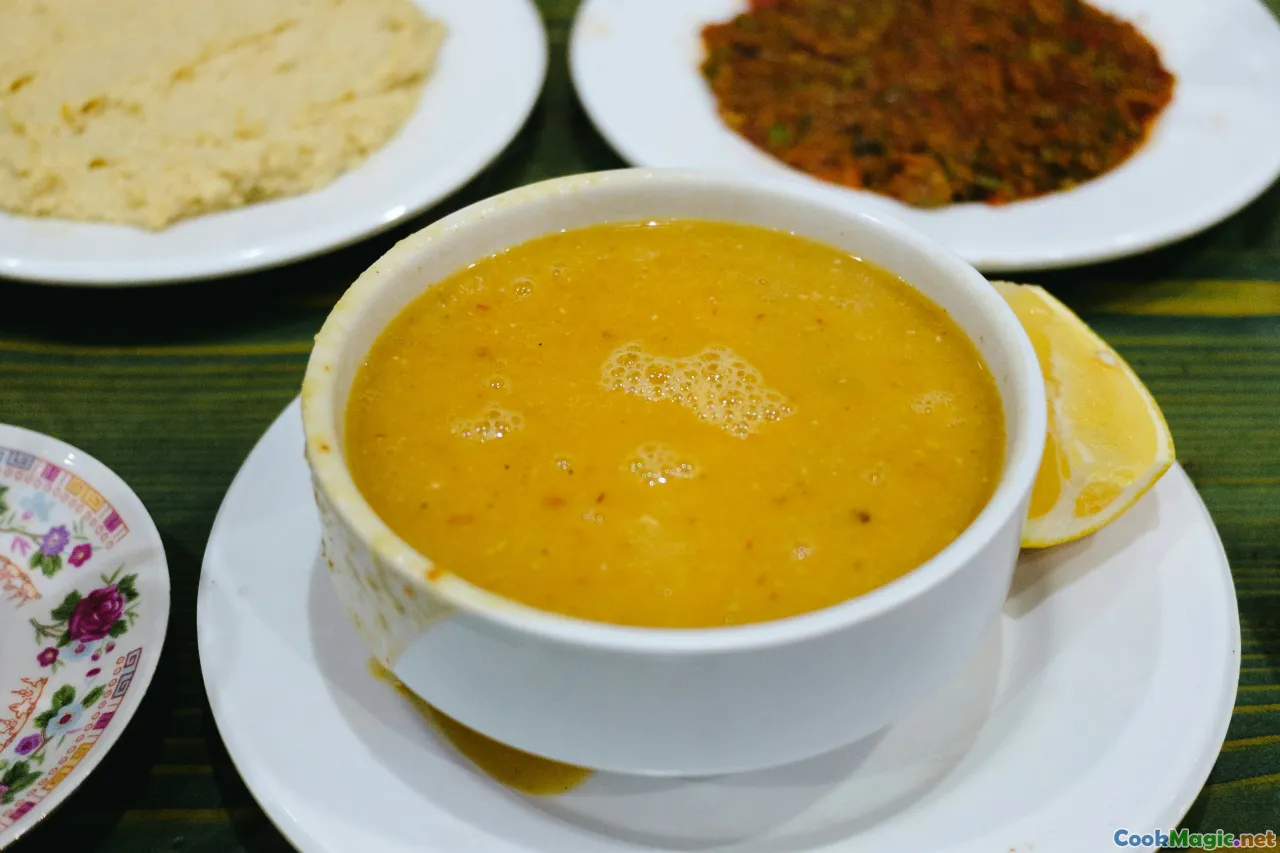
Close-up of Soup Joumou displaying the vibrant orange pumpkin broth with vegetables and beef.
One of the most pervasive myths is that Soup Joumou is merely a pumpkin soup akin to those found in many culinary traditions. While pumpkin—or squash—forms the core of the dish, reducing Soup Joumou to just “pumpkin soup” is a gross oversimplification. The true essence lies in its intricate blend of ingredients: tender beef shanks, tender pasta shapes like halloumi or wiggle macaroni, carrots, celery, cabbage, and a medley of aromatic herbs and spices.
Imagine the first spoonful: a symphony of textures—the soft, velvety pumpkin broth gently coating al dente pasta, the bites of melting tender beef, greens that add a slight crunch, all infused with powerful notes of garlic, thyme, nutmeg, cloves, and a hint of Scotch bonnet pepper for heat. It’s a dish that demands respect for its layered complexity beyond the watery orange hue.
Correcting the Misconception: Soup Joumou Is a Celebration of Technique
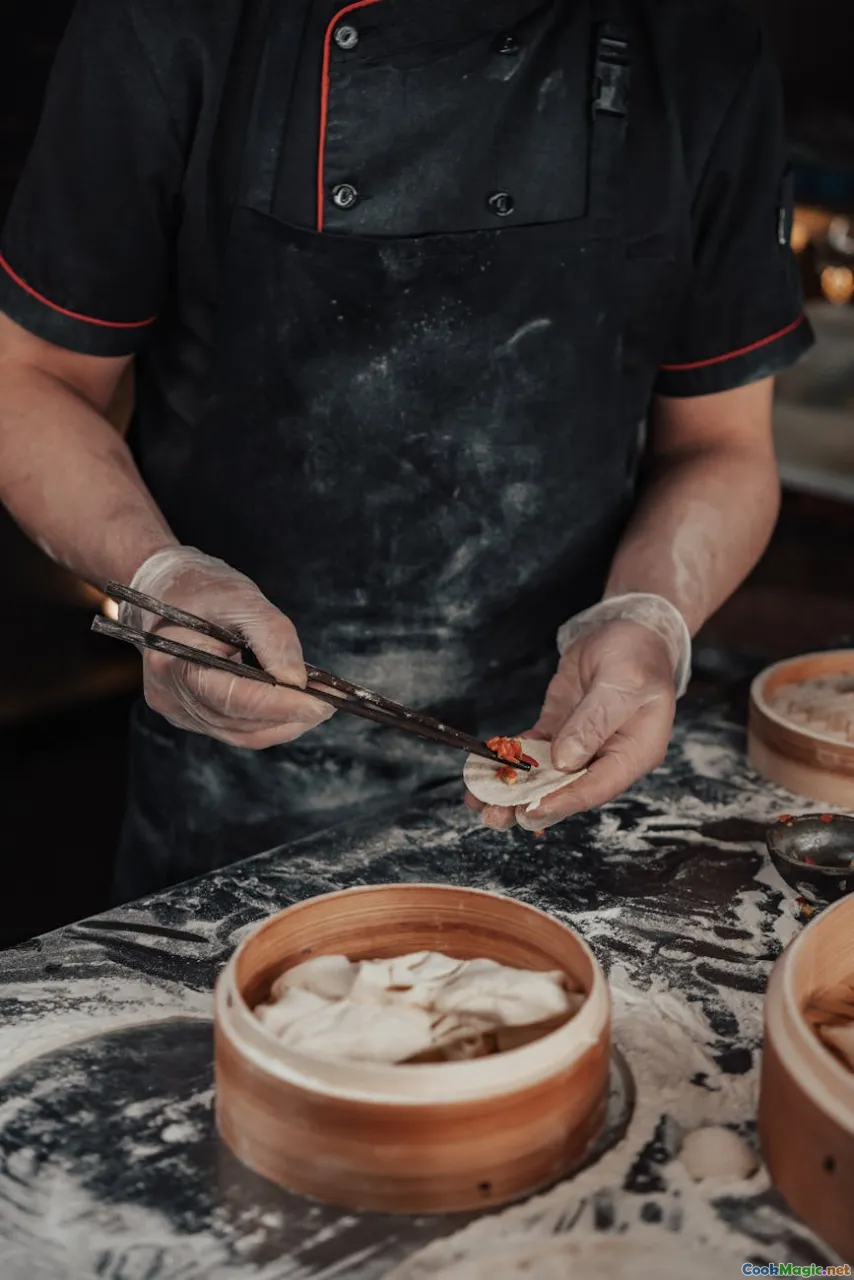
Photo capturing the process of simmering beef and vegetables in a traditional Haitian kitchen.
Many assume that Soup Joumou is an easy, rustic concoction. The truth is, its preparation encompasses a series of deliberate techniques honed over generations. The key is in the pre-cooking of the beef, which requires slow simmering for hours to develop deep, rich flavors and tender meat.
Secondly, the sautéing of aromatics—garlic, onions, and herbs—in charcoal or wood-fired pots releases smoky, fragrant notes that form the backbone of the flavor profile. The addition of spices like cloves, allspice, and nutmeg must be precise, balancing warmth and earthiness without overpowering the other ingredients.
Finally, the vegetable addition and pasta are introduced at specific stages to ensure harmonious textures—cabbage and carrots adding sweetness and freshness, pasta shapes keeping firm but tender amid the robust broth.
The Hidden Secrets of a Perfect Soup Joumou
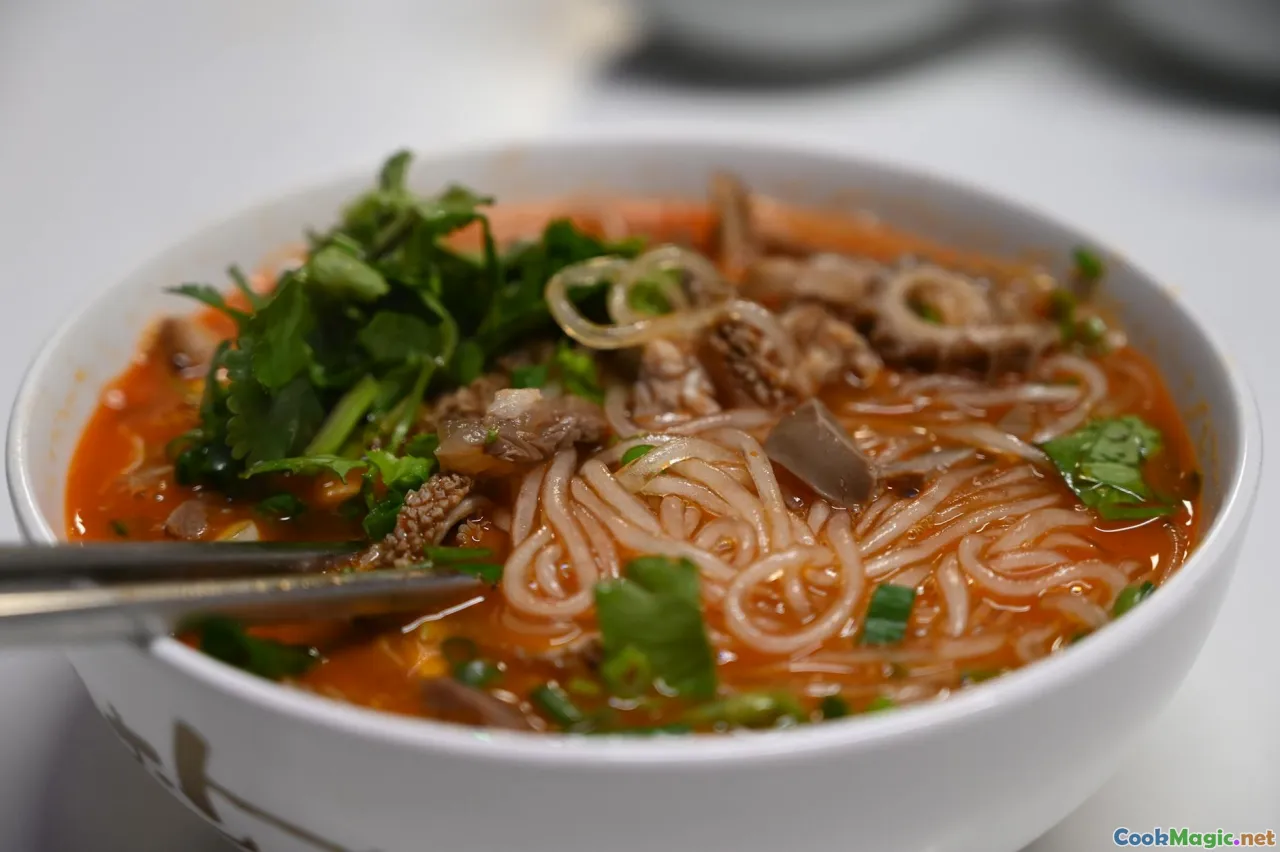
Image of a seasoned Haitian cook adding spices to a simmering pot.
Achieving that signature balance of flavors in Soup Joumou involves some secrets passed down through Haitian families. Here are some insider tips:
- Use bone-in beef shanks for maximum flavor extraction.
- Incorporate a mixture of aromatic spices—whole cloves, nutmeg, and Scotch bonnet—for depth.
- Don’t rush the simmering process; slow cooking for 2-3 hours ensures tenderness and richness.
- Rest the soup overnight if possible. Flavors deepen, and the broth becomes more cohesive.
- Customize with pasta shapes that hold their shape well but soak up the flavors—logo or smaller macaroni varieties work beautifully.
Debunking the “Only for Celebrations” Myth

Vivid scene of a Haitian community festival featuring communal soup bowls.
While Soup Joumou is undoubtedly the star on Haitian Independence Day, many assume it’s only prepared once a year. This couldn’t be further from the truth. In Haitian households, especially in rural or urban settings where culinary traditions remain steadfast, Soup Joumou is served regularly—sometimes as a special weekend meal, or during family gatherings, or even as a comforting Sunday lunch.
In Port-au-Prince’s vibrant neighborhoods, vendors and cooks have mastered quick versions that still honor tradition, ensuring new generations continue to savor this dish beyond its symbolic date.
Variations and Modern Twists on a Classic
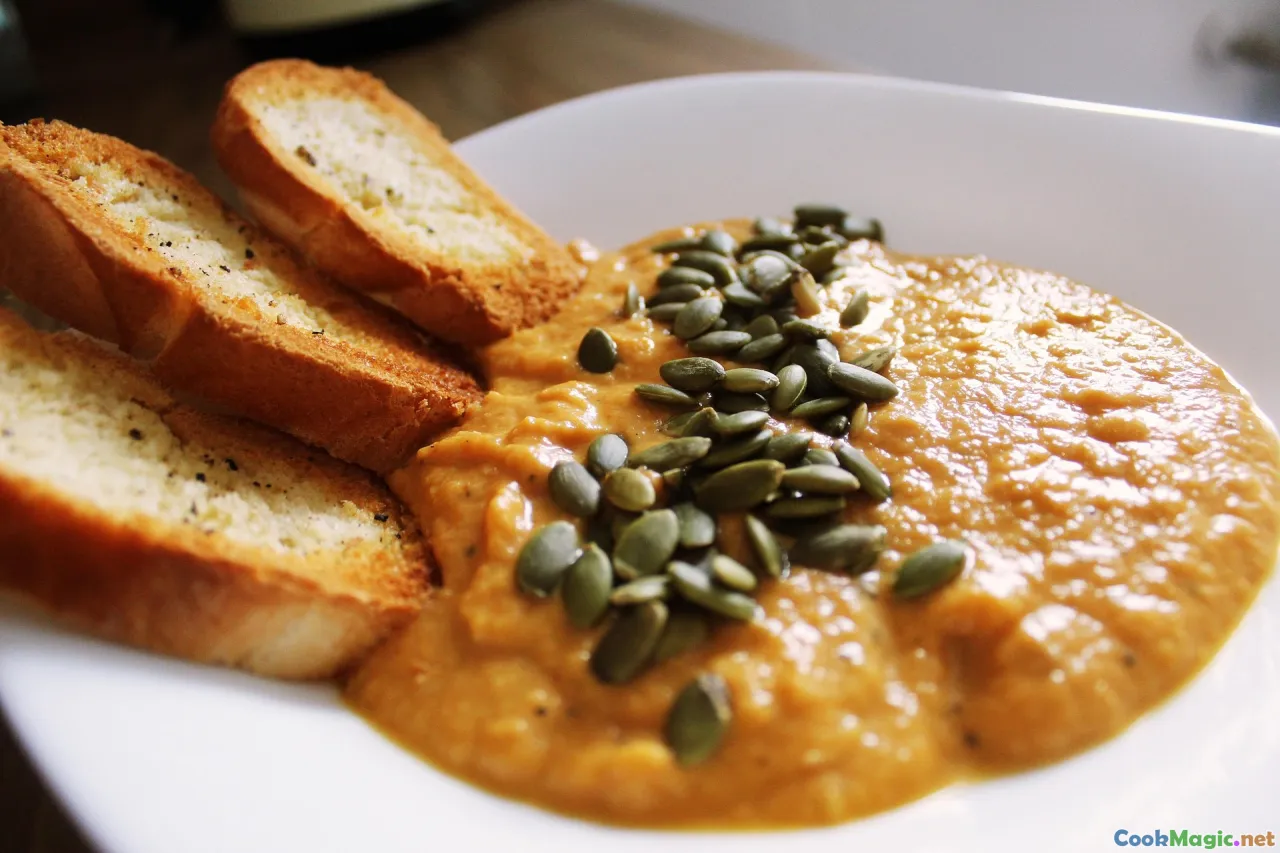
Photo of a modern Haitian restaurant presenting a contemporary Soup Joumou plating with garnishes.
In recent years, innovative chefs in Port-au-Prince, Montreal, and even New York have experimented with Soup Joumou—introducing vegan adaptations, gluten-free pasta, or even infusions of flavors from other Caribbean or Latin American cuisines. Some incorporate roasted pumpkin for intensified sweetness; others add a splash of lime or coconut milk for creaminess.
Yet, these variations preserve the soul of the dish—the balance of spicy, savory, and fragrant notes—while delighting modern palates.
The Personal Connection: Why Soup Joumou Resembles More Than Just Food

A Haitian grandmother serving Soup Joumou with a smile.
For many Haitians, Soup Joumou is imbued with emotional significance. It’s a dish cooked with love, stories, and a deep sense of cultural pride. Offering a bowl during communal gatherings is an act of sharing resilience and hope. Each spoonful reconnects families with ancestors who endured slavery and fought for their freedom.
Through it, memories are passed from grandmothers to grandchildren, ensuring that the spirit of independence and the flavors of tradition continue thriving—rich, bold, and unyielding.
In Closing: Embracing the True Spirit of Soup Joumou
Understanding the myths surrounding Haitian Soup Joumou invites us to appreciate its genuine complexity—a complex tapestry woven with history, technique, and communal heart. It isn’t just a pumpkin soup; it’s an emblem of liberation, a culinary masterpiece that deserves respect and admiration.
Next time you encounter a steaming bowl of Soup Joumou, take a moment to savor not just its flavors but the story embedded within its vibrant orange hue. For in each sip, you taste centuries of resilience, pride, and unbreakable spirit. That’s the true magic of Soup Joumou.
Vive la liberté, vive la soupe!









